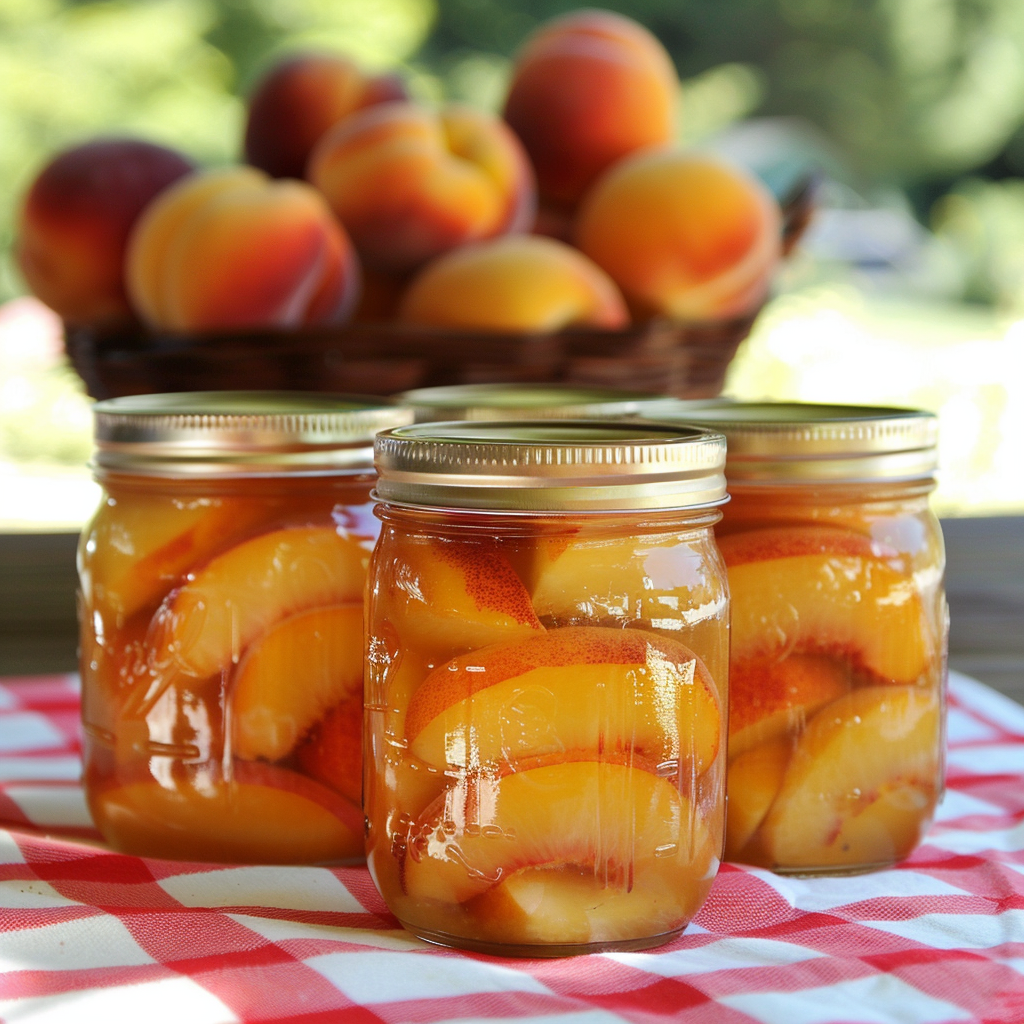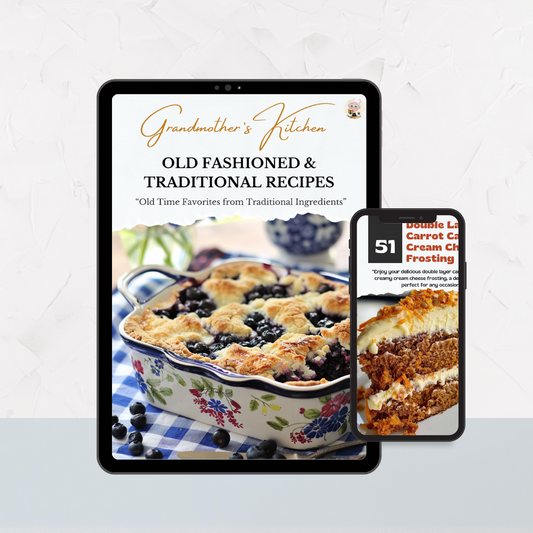How to Can Peaches: Easy Step-by-Step Guide to Preserving Summer's Sweetness Using Sugar or Honey Syrup

Share
How to Can Peaches: Preserve Summer's Sweetness with This Step-by-Step Guide
There was a time when preserving food wasn't just a hobby; it was a necessity. My grandmother and mother both spent countless hours canning fruits and vegetables each summer. This was an era before grocery stores lined their shelves with everything imaginable, and so, each family had to make sure they had enough food to last through the winter. I’ve had times in my life when I followed in their footsteps, particularly when my children were young. Canning peaches, in particular, was a tradition I cherished. There’s something deeply satisfying about lining up jar after jar of golden peaches, knowing that you’ve captured a bit of summer to enjoy during the cold months. While I don’t can as much these days, the skills and memories are something I’ll always treasure.
Did You Know?
Peaches are native to Northwest China and have been cultivated for over 4,000 years. They are rich in vitamins A and C, making them not only delicious but also nutritious.
Yield: 6-7 quarts
Ingredients:
10 pounds fresh peaches
Water
Lemon juice or ascorbic acid (to prevent browning)
For Sugar Syrup:
Light Syrup: 2 cups sugar to 4 cups water
Medium Syrup: 3 cups sugar to 4 cups water
Heavy Syrup: 4 cups sugar to 4 cups water
For Honey Syrup:
Light Syrup: 1 cup honey to 4 cups water
Medium Syrup: 1 1/2 cups honey to 4 cups water
Heavy Syrup: 2 cups honey to 4 cups water
Instructions:
1. Prepare the Jars:
Sterilize Jars: Wash jars, lids, and bands in hot, soapy water. Rinse well. Place jars in a large pot, cover with water, and boil for 10 minutes. Keep jars hot until ready to use.
Prepare Lids: Heat lids in simmering water (not boiling) until ready for use. Do not boil. Set bands aside.
2. Prepare the Peaches:
Blanch and Peel: Blanch peaches in boiling water for 30-60 seconds, then transfer to ice water. Peel off skins or you can leave the skins on.
Halve or Slice: Cut peaches in half, remove pits, and slice if desired.
Prevent Browning: Treat peaches with a solution of water and lemon juice or ascorbic acid to prevent browning.
3. Make the Syrup:
For Sugar Syrup: In a large pot, combine sugar and water. Bring to a boil, stirring until the sugar is dissolved.
For Honey Syrup: In a large pot, combine honey and water. Heat until the honey is dissolved into the water. Do not boil.
4. Pack the Jars:
Pack Peaches: Pack the peeled and cut peaches into hot jars, leaving about 1/2-inch headspace.
Add Syrup: Pour hot syrup (sugar or honey) over the peaches, maintaining the 1/2-inch headspace.
Remove Air Bubbles: Run a non-metallic spatula around the inside of the jar to remove any air bubbles.
Wipe Rims and Apply Lids: Wipe jar rims with a clean, damp cloth. Apply lids and screw bands until fingertip tight.
5. Process the Jars:
Boiling Water Bath: Place jars in a boiling water canner. Ensure they are covered by at least 1-2 inches of water. Process for 20 minutes for pints or 25 minutes for quarts.
Cool Jars: Remove jars and place them on a towel to cool for 12-24 hours. Do not disturb while cooling.
Check Seals: After cooling, check seals. Lids should not flex up and down when pressed. Store in a cool, dark place for up to a year.
Nutritional Information (Per Serving - 1 cup of canned peaches):
Calories: 80 (sugar syrup), 90 (honey syrup), Protein: 1g, Carbohydrates: 21g, Fat: 0g, Sugars: 18g
Kitchen Tips, Great Ideas, How to Save Money:
1. Choose Ripe Peaches: Use fresh, ripe peaches for the best flavor and texture. Avoid overripe or bruised peaches.
2. Blanching Tips: Blanching makes peeling peaches easier. Ensure the water is at a rolling boil and transfer peaches quickly to ice water.
3. Sterilization is Key: Always sterilize jars and lids to prevent contamination and ensure a long shelf life.
4. Prevent Browning: Treat peaches with a solution of water and lemon juice or ascorbic acid to prevent browning.
5. Proper Sealing: Ensure lids are fingertip tight, not over-tightened, to allow air to escape during processing.
6. Headspace is Important: Leave the correct amount of headspace to allow for expansion during processing and to ensure a proper seal.
7. Remove Air Bubbles: Removing air bubbles prevents trapped air, which can lead to spoilage. Use a non-metallic utensil to avoid damaging jars.
8. Storage Conditions: Store canned peaches in a cool, dark place to maintain quality and prevent spoilage. Avoid storing near heat sources or in direct sunlight.
9. Labeling Jars: Always label jars with the date and contents. This helps keep track of inventory and ensures you use older jars first.
10. Reuse and Recycle: Save money by reusing jars from store-bought products. Just ensure they are properly sterilized before use.
Let’s Learn a Little About Different Peach Varieties
Peaches come in many varieties, each with unique characteristics. Freestone peaches are easy to pit and great for canning, while clingstone peaches, though harder to pit, are juicier and often sweeter. Donut peaches have a flat shape and are perfect for snacking. White peaches have a milder flavor compared to the more common yellow peaches. Knowing the variety of peach you're working with can help you choose the best method for preserving or enjoying them fresh.


